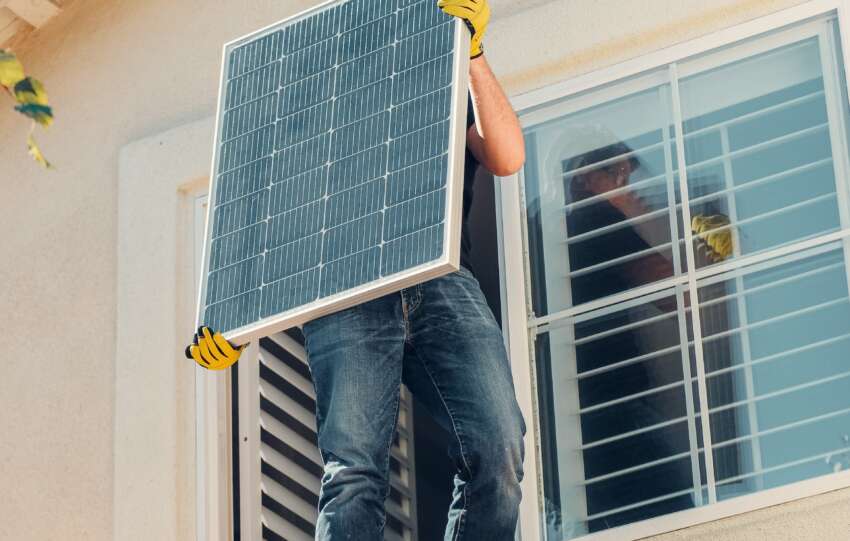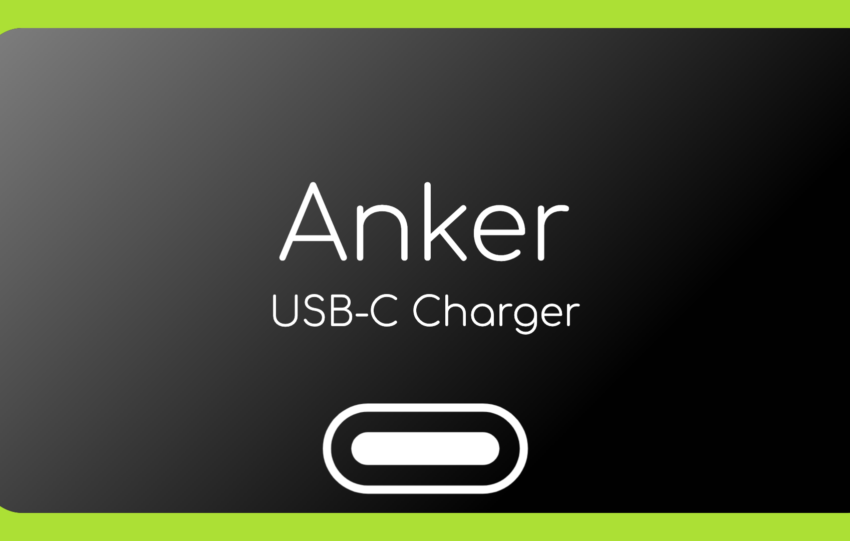Share This Article
Tpms (Tire Pressure Monitoring System) is a system that monitors tire pressure and alerts drivers when their tires are low.
Tpms helps drivers maintain proper tire pressure for longer vehicle lifespans, improving both performance and safety. When the time comes to replace your tpms sensor, remember that they last around 5 years.
The lifespan of a tpms sensor will vary depending on several factors. These include whether it’ll be used in cold climates, how often your vehicle is driven and the conditions under which you drive (e.g., hot or moist weather).
Most sensors should last around 5 years before needing to be replaced, after which they’ll continue to signal as normal.
If you know your tpms will only be used in particular climates or have driven only occasionally over the past few years, you can extend its useful life by storing it at optimum temperatures and keeping it clean.
Read on for more information about what affects a tpms sensor’s life expectancy, how to prevent premature replacement and how to tell when it’s time for a new one
What affects a tpms sensor’s life expectancy?
The lifespan of a tpms sensor will vary depending on several factors. These include whether it’ll be used in cold climates, how often your vehicle is driven and the conditions under which you drive (e.g., hot or moist weather).
Most sensors should last around 5 years before needing to be replaced, after which they’ll continue to signal as normal.
If you know your tpms will only be used in particular climates or have driven only occasionally over the past few years, you can extend its useful life by storing it at optimum temperatures and keeping it clean.
Other factors that can affect a tpms sensor’s life expectancy include how careful you are with the installation, how often the device is checked for leaks and other issues, and whether the device is exposed to high temperatures.
If your sensors aren’t working properly, you may need to replace them sooner than expected.
Ask your mechanic about this if this happens so that it doesn’t become more of an issue later on when replacing them becomes more costly.
Keep your tpms sensor clean & dry
Keeping your tpms sensor clean and dry is important for maximizing its lifespan. Dirty sensors will produce inaccurate readings, which could save you from purchasing a new one. If you notice any corrosion, grime or other build-up on your sensor, take it to the nearest auto parts store to be cleaned.
The key is to keep dirt off of the sensors and make sure they’re not exposed to moisture, which can damage them.
Another way to keep your tpms sensor in good condition is by storing it at optimum temperatures.
Store the sensor at around -10 degrees Celsius if you live in a cold climate or around 36 degrees Celsius if you live in warm weather.
This helps prevent premature replacement and ensures optimal performance of your tpms sensor.
If you have an older model of tpms that has gone unused for more than 3 years, it’s time for a new one.
Know when it’s time for a new tpms sensor by looking for warning signs like abnormal tire pressure warnings or power loss warnings when driving with the system enabled.
If these warning signs are ignored and replaced prematurely, your vehicle may not function properly when paired with a new tpms sensor
Store your tpms sensor at optimum temperatures
When you store your tpms sensor, it’s important to keep it at optimum temperatures. If the sensor is too cold or too hot, it may malfunction and cause inaccurate readings.
Additionally, if the sensor is too warm or dry when you take it out of storage, it may not function properly.
To avoid this problem, store your tpms sensor in a cool place between 0-40 degrees Fahrenheit and make sure that the sensor is never exposed to extreme cold or heat, such as in direct sunlight
Prevent moisture build up in your brakes
As with any digital device, the tpms sensor can be prone to moisture build up, which can cause it to malfunction. Moisture builds up inside of the sensor if it’s exposed to cold or moist weather.
The sensor needs a dry environment for optimal performance, so avoid exposure to moisture by keeping your vehicle in a garage or somewhere indoors during inclement weather.
Avoid driving with low brake fluid levels
If your brake fluid level is too low, the tpms will not function. A sensor requires brake fluid to work properly and this must be checked after every refill in order to avoid a possible malfunction. Properly maintaining your brakes ensures long-lasting performance from your tpms system.
Brake fluid should be refilled with every service or every 3-4 months, depending on driving conditions and how often you use them.
If it’s been too long since you last filled your brakes, consider getting the service done at a professional shop rather than doing it yourself.
A faulty tpms sensor can be replaced prematurely which causes an unnecessary cost and inconvenience for drivers.
Check before replacing your tpms sensor
It’s important to check your tire pressure before replacing your tpms sensor. This is because sensors don’t last forever and may have a shorter lifespan than you expect.
If you know when the sensor was originally installed, you can use that information to determine when it might be time for replacement.
For instance, it’s common for sensors to have less than 5 years of life if they were installed in cold climates or if they were used infrequently.
If possible, go ahead and replace your sensor while you still have some battery life left on it. This will ensure that the sensor will continue signaling as normal until it dies completely. If you need to replace the sensor before its battery has died, make sure to take your car into a mechanic so that the sensor can be replaced properly so that an external power source is not needed.
Another way to tell if a tpms sensor needs replacing is by checking its red light status. If the red light doesn’t blink steadily, then the tpms sensor probably needs replacing soon.
Replace when ready
When your tpms sensor should be replaced depends on a variety of factors. Most sensors will last between 3-5 years, but some may last as long as 10 years.
The lifespan of your tpms sensor is dependent on a number of different factors. These include whether it’ll be used in cold climates, how often your vehicle is driven and the conditions under which you drive (e.g., hot or moist weather).
If you know your tpms will only be used in particular climates or have driven only occasionally over the past few years, you can extend its useful life by storing it at optimum temperatures and keeping it clean.
When to replace your tpms sensor generally falls into one of two categories: when it needs to be replaced because it’s not working properly or simply when its useful life has passed.
The first is more likely to happen if your vehicle has been driven frequently in hot or moist conditions, while the second is more likely to happen when the battery dies or if the sensors are acting erratically due to faulty wiring that damages them electronically.








